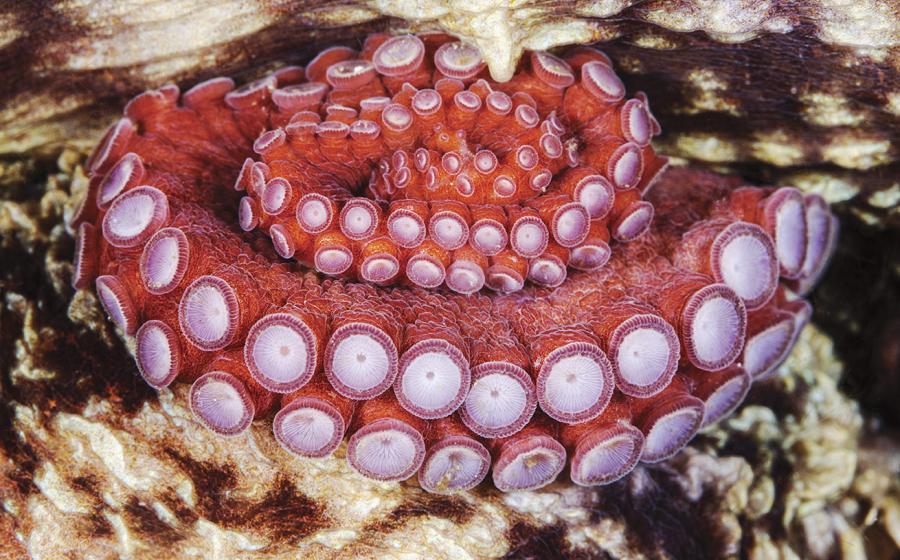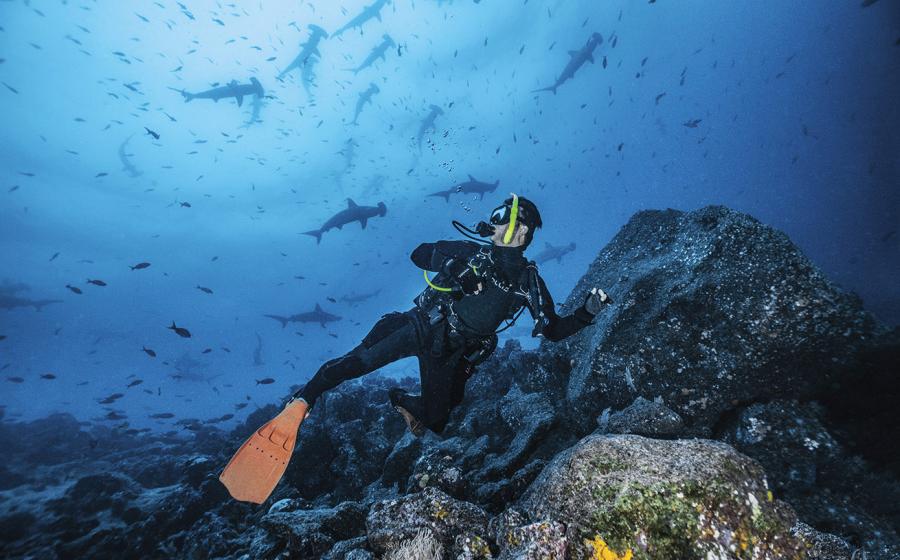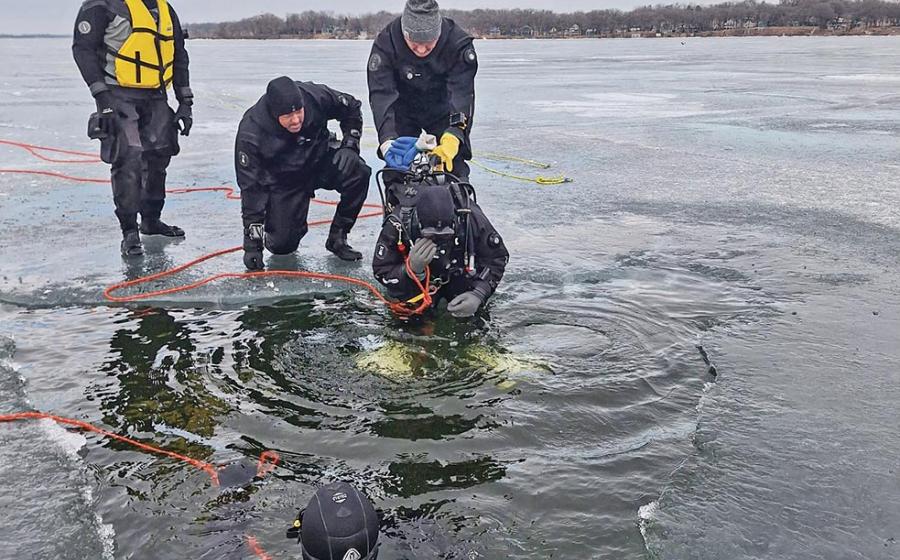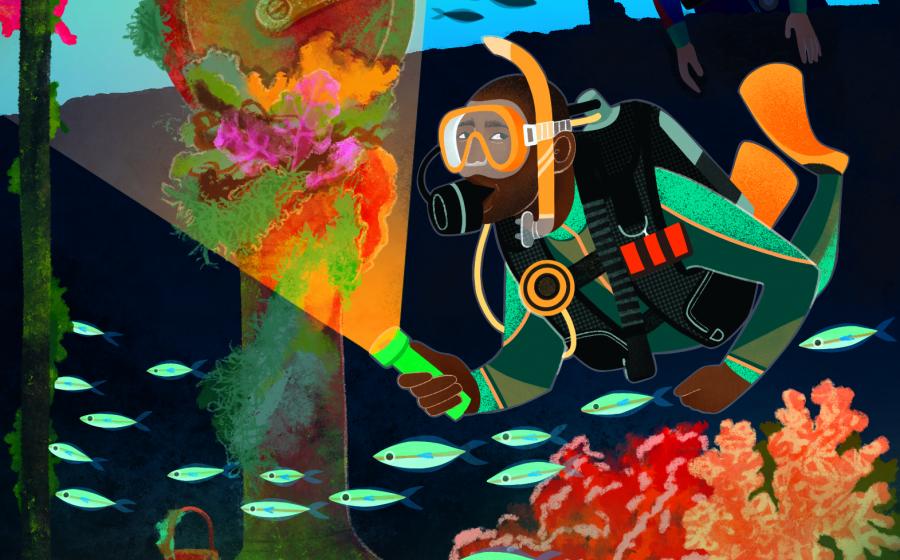Ask DAN: Skin Bends

Divers Alert Network
Janie had been looking forward to her vacation for months. Her package included unlimited shore diving, and she made the most of it, making six dives a day. On the third morning, Janie noticed a rash on her arms but ignored it. By the next morning, the rash had spread to her torso. She assumed she was having an allergic reaction and made a doctor's appointment. The diagnosis: skin bends.
Skin manifestations of decompression sickness (DCS), also known as cutaneous DCS, are more common than you might think. Divers often mistake skin bends for a rash due to another cause, such as contact with marine life or an allergic reaction. Although skin bends is usually a mild and self-limiting disease, it can sometimes lead to more-severe manifestations of decompression sickness.
The Three Most Common Types
Skin bends can take several forms. The mildest form of skin DCS is a rash, most commonly on the torso — the chest, belly, back, shoulders, arms or buttocks. Such rashes might look like a sunburn and are usually itchy. Divers frequently overlook a DCS-related rash, and attribute it to other factors or assume it is nothing serious. Such rashes usually go away in a matter of hours.
A more severe form of skin bends is called cutis marmorata, which is characterized by a marbled pattern on the skin. Such lesions typically appear on the same parts of the body as milder DCS rashes, but are usually bright red, purplish or even bluish, with an uneven pattern. The coloration may appear in patches or, in severe cases, may begin on the chest and spread downward. Cutis marmorata may be itchy, and affected areas sometimes feel tender. Often, divers with cutis marmorata don’t feel anything and become aware of the change in their skin only when they see it.
• Have more dive safety questions? Visit our Ask DAN archive.
Another form of skin bends is called lymphatic DCS, which affects your lymph system — a network of fluid-filled vessels that works in concert with your circulatory and immune systems. Its primary symptom is a swelling of the skin, most often on the chest or arms. Swollen areas will have a pitted appearance, like the skin of an orange, and may be painful. If a swollen area is pressed lightly with the tip of a finger, the resulting indentation will remain for a few moments. If you’re affected by lymphatic DCS, you will usually be aware something is wrong.
What Should You Do?
It’s essential to abstain from further diving if you observe skin changes that could be DCS related. Because skin bends is often associated with neurological symptoms of which you might not be aware, you need a medical evaluation. In addition, your dive profiles should be examined for decompression risk. In cases of skin mottling or swelling, supplemental oxygen is recommended. In cases of associated pain, muscular weakness, difficulty breathing, a change in consciousness, or a drop in blood pressure, emergency measures must be initiated immediately. In a case of repeated cutaneous DCS, your physician may advise testing for PFO. Call DAN’s emergency hotline at 919-684-9111 for help.
For more medical info from DAN, visit their site: www.diversalertnetwork.org/medical










